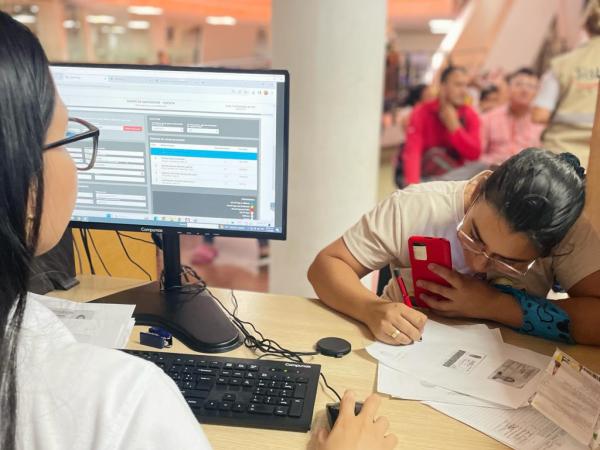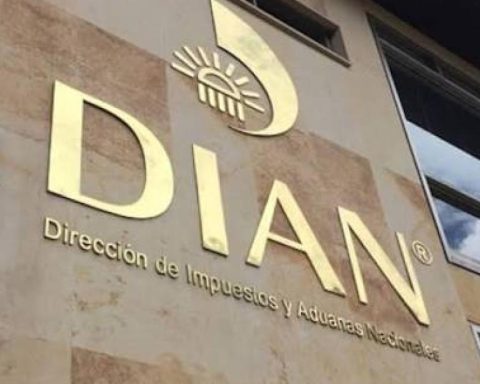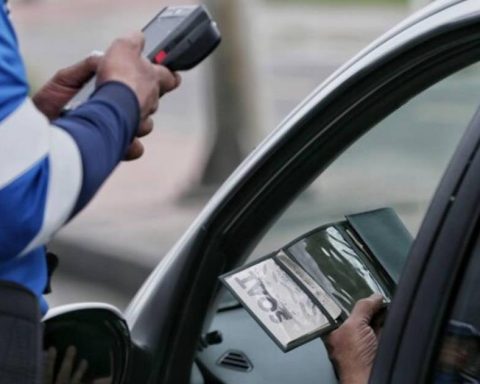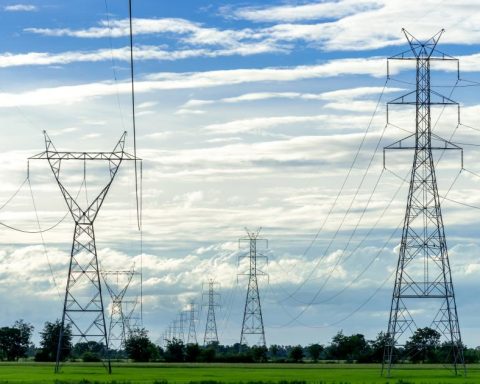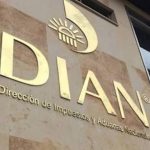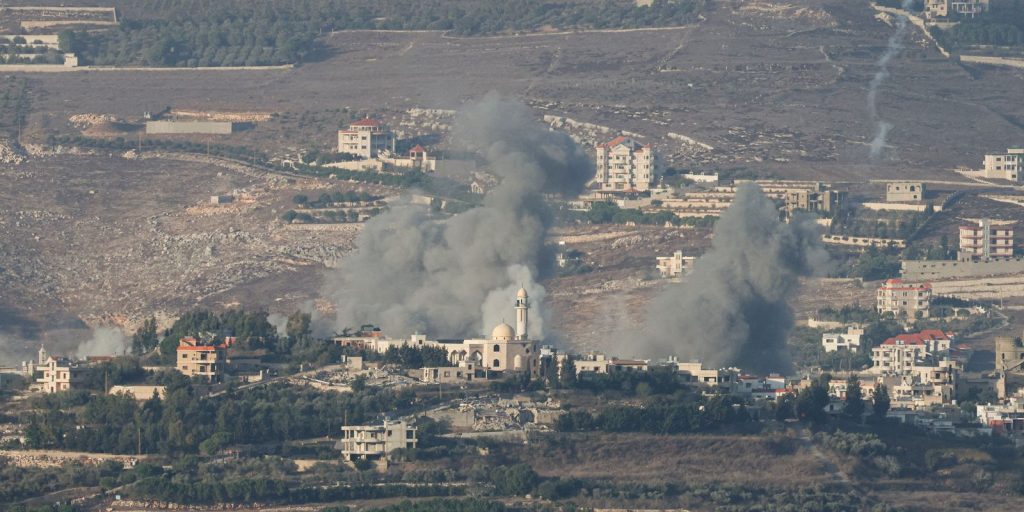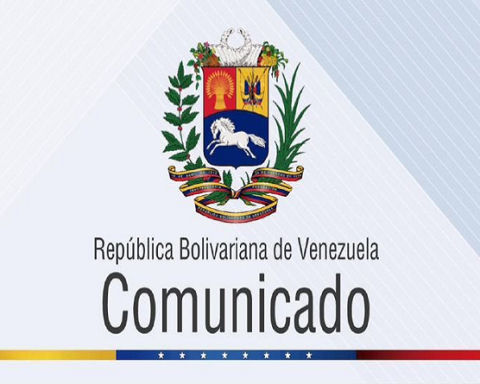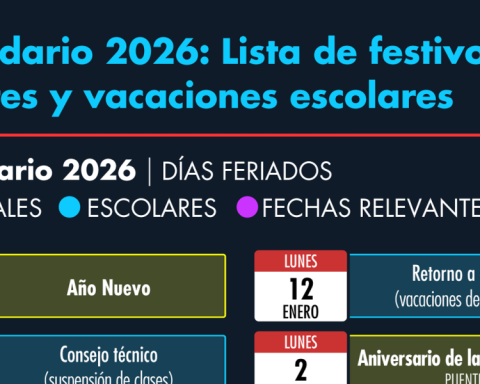The National Planning Department (DNP) published this year the fourth version of the Identification System of Potential Beneficiaries of Social Programs (Sisben), an update of its database to detect people who are in a vulnerable situation and facilitate their access to social assistance. Along these lines, many users They consult the meaning of being at level B2.
According to information published on the official site, there are currently four vulnerability classes or groups.
– Group A: extreme poverty
– Group B: moderate poverty
– Group C: vulnerable
– Group D: non-poor, non-vulnerable population
(Further: Colombia Without Hunger: how do you know if you are a beneficiary with only the ID?)
The characteristics of group B2
Sisben
Instagram: Sisbén
The Sisben score is a scoring system used to determine a person’s poverty level, based on a series of factors, csuch as education, employment, housing and income. In this line, People within the B2 subgroup are considered those who are in “moderate poverty”but not in the severity of those in subgroup B1.
Along these lines, group B has economic and social aid. Below are some of the social programs that people classified in this group can receive:
– My House Now: aimed at Colombians interested in acquiring new housing
– Transit to Citizen Income: Homes with classification B1 to B4 are prioritized for this subsidy.
– Greater Colombia: All older adults classified in group B can access this economic benefit
– VAT refund: All those in group B have the possibility of receiving payment from this program.
– Bogotá guaranteed minimum income: People in group B can access the district’s programs, such as: Youth to the U, Senior Citizens, My Savings, My Home, Partners for Bogotá, and Women Who Green.
(FURTHER: The Banco Agrario link to consult VAT refund 2024)
What function does the Sisbén 4 fulfill?
The Sisbén 4 aims to focus social spending on the poorest population in a framework of expansion and growth of the actions implemented by the national government in favor of the least favored sectors, such as the VAT Refund, the Solidarity Income, the Families in Action program and the Subsidized Health Regime.
In fact, the system’s database represents the backbone of the Social Household Registry, a system that integrates information from the different social programs with other sources of data on the population, and includes improvements in operational and methodological processes.
